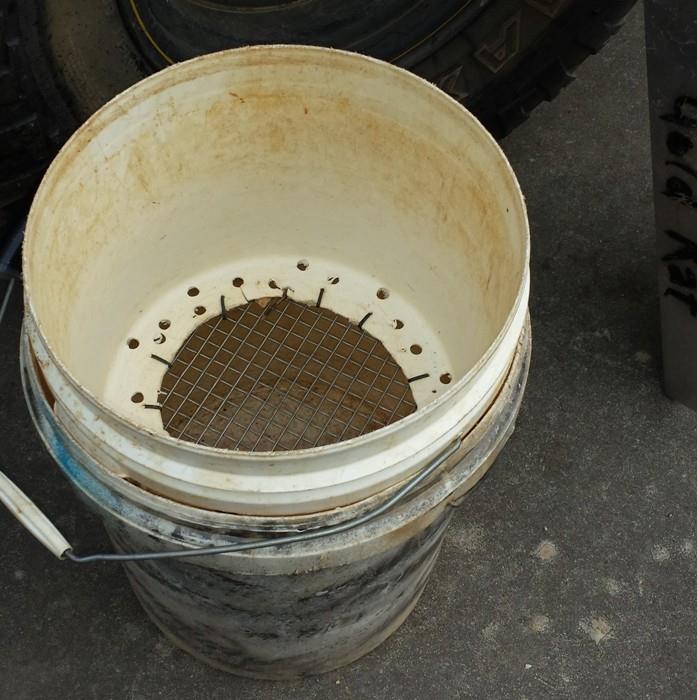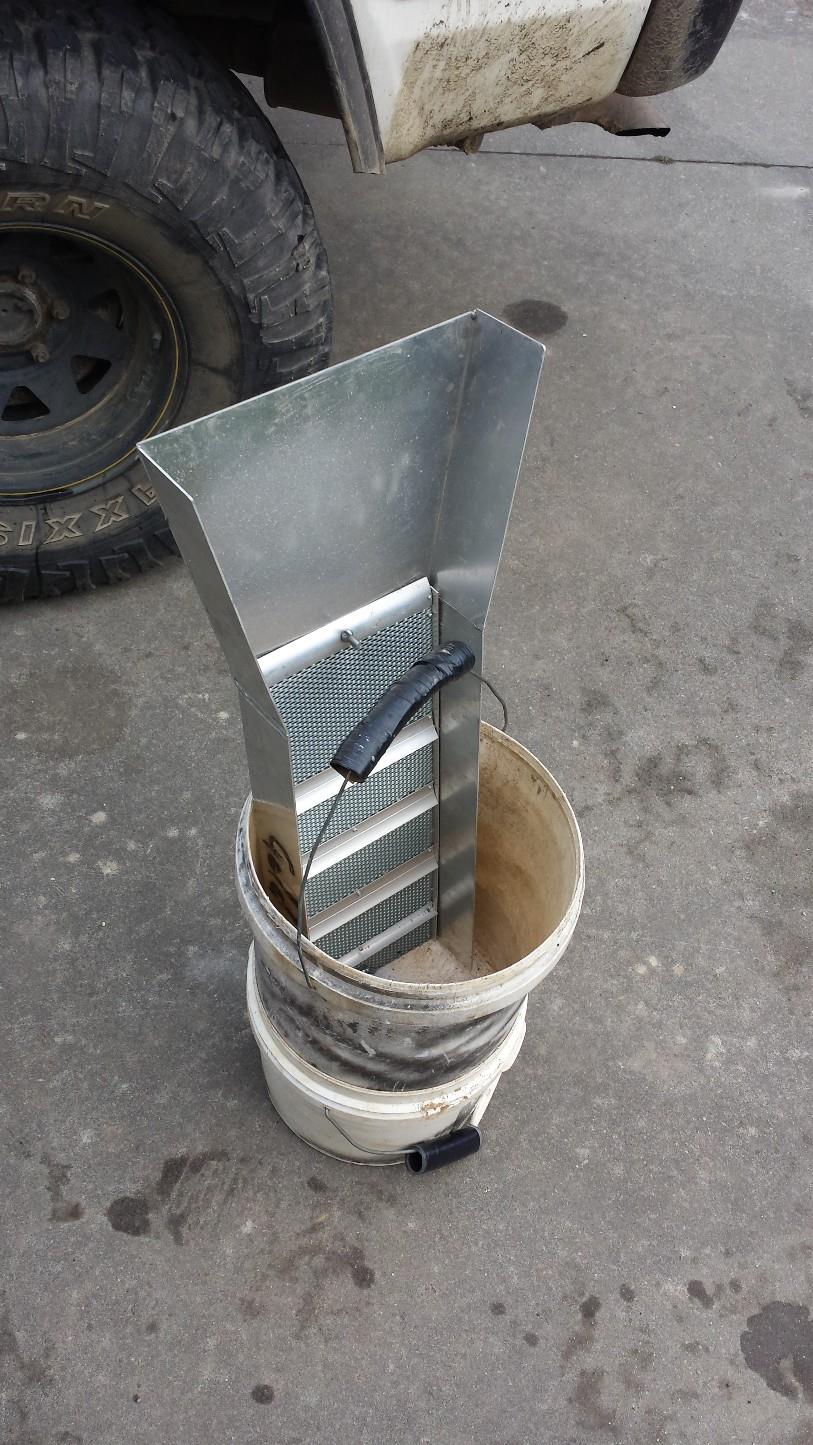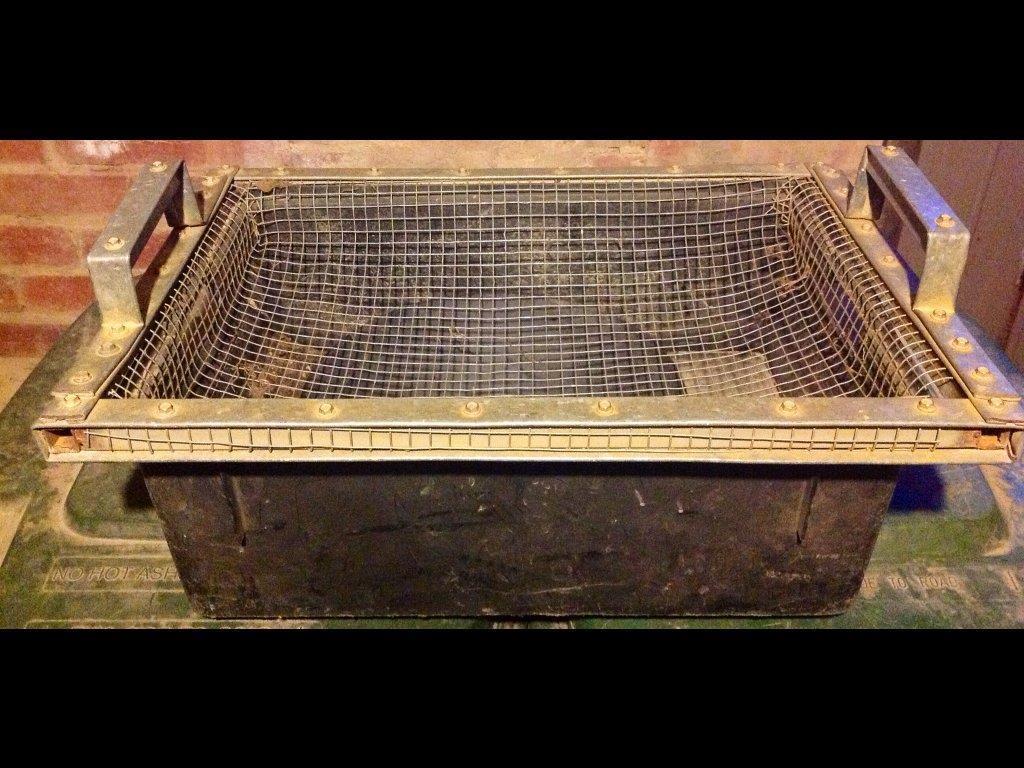As with a couple of the posts above me, classifying depends on ideal flow \ angle \ depth.
I run a Mackirk "Boss" and I find that if I've got it setup in ideal conditions I can sluice without any classifying at all, other than picking out the obvious "too large" fist size or bigger stuff. But generally where I'm digging there isn't much that sized anyway. 1", 2" even bigger I just shovel through and it doesn't give me grief so long as it doesn't get stuck. I've found so long as the material is moving as it passes the riffles I don't get any blowout.
I've found I get the best results when I'm running my sluice with nearly max depth of water so about 3" inches going through it, the flip side is you I can't just have a raging torrent going through it to achieve that depth, it needs to be smooth even flowing water.
If I can't get the right depth through the sluice, or similarly the right water speed \ angle, I will usually classify down to 1/4" (only because I've never got around to getting myself a 1/2") as the sluice won't handle the bigger stuff and doesn't clear as well with less water through it.
Cheers
Adam











